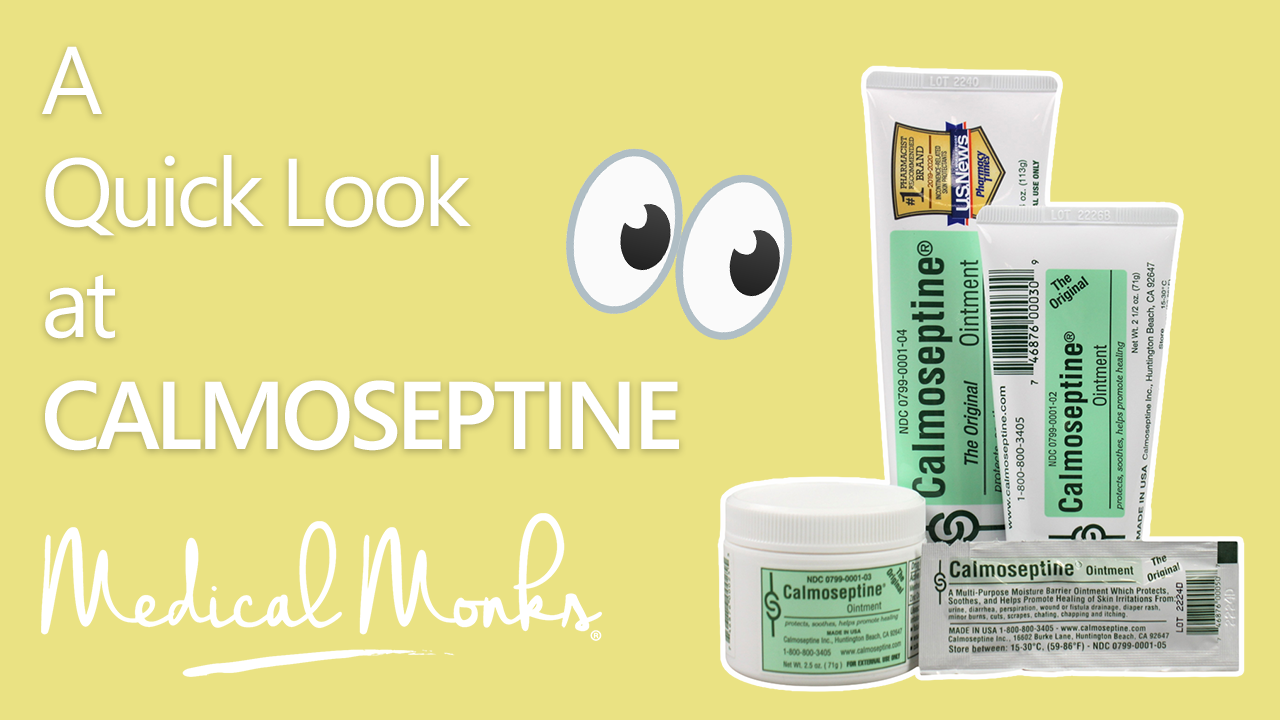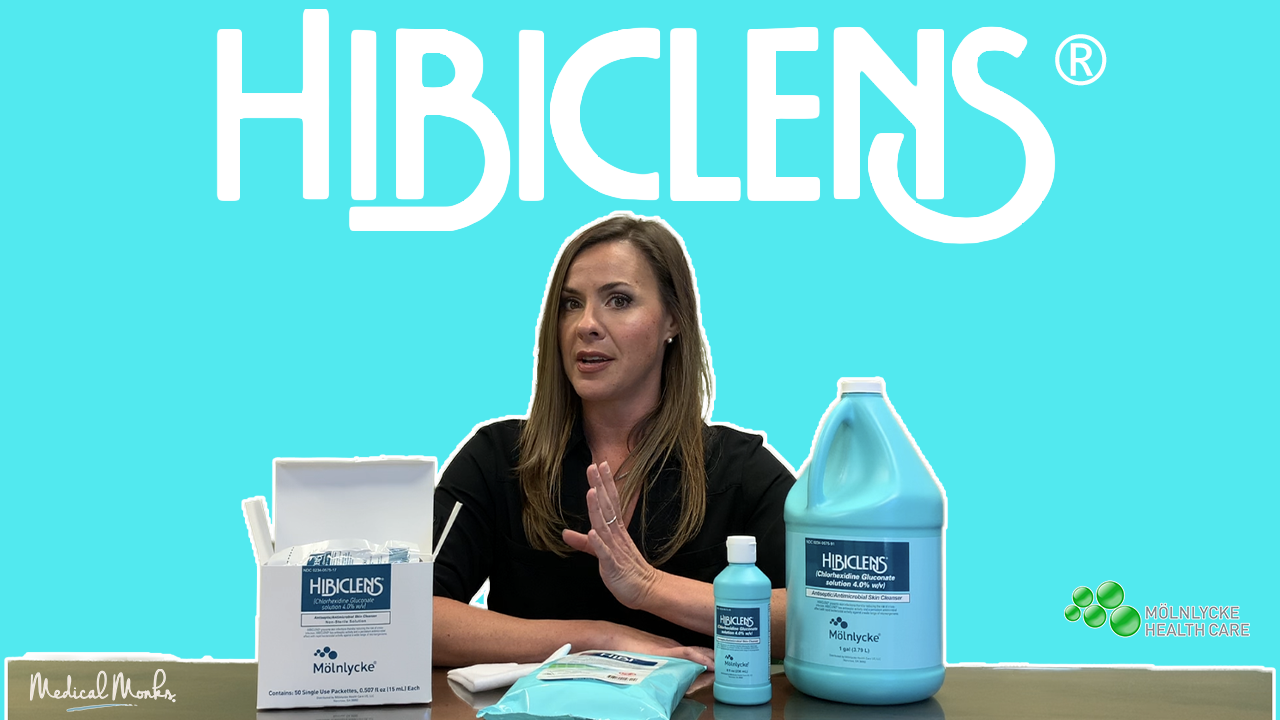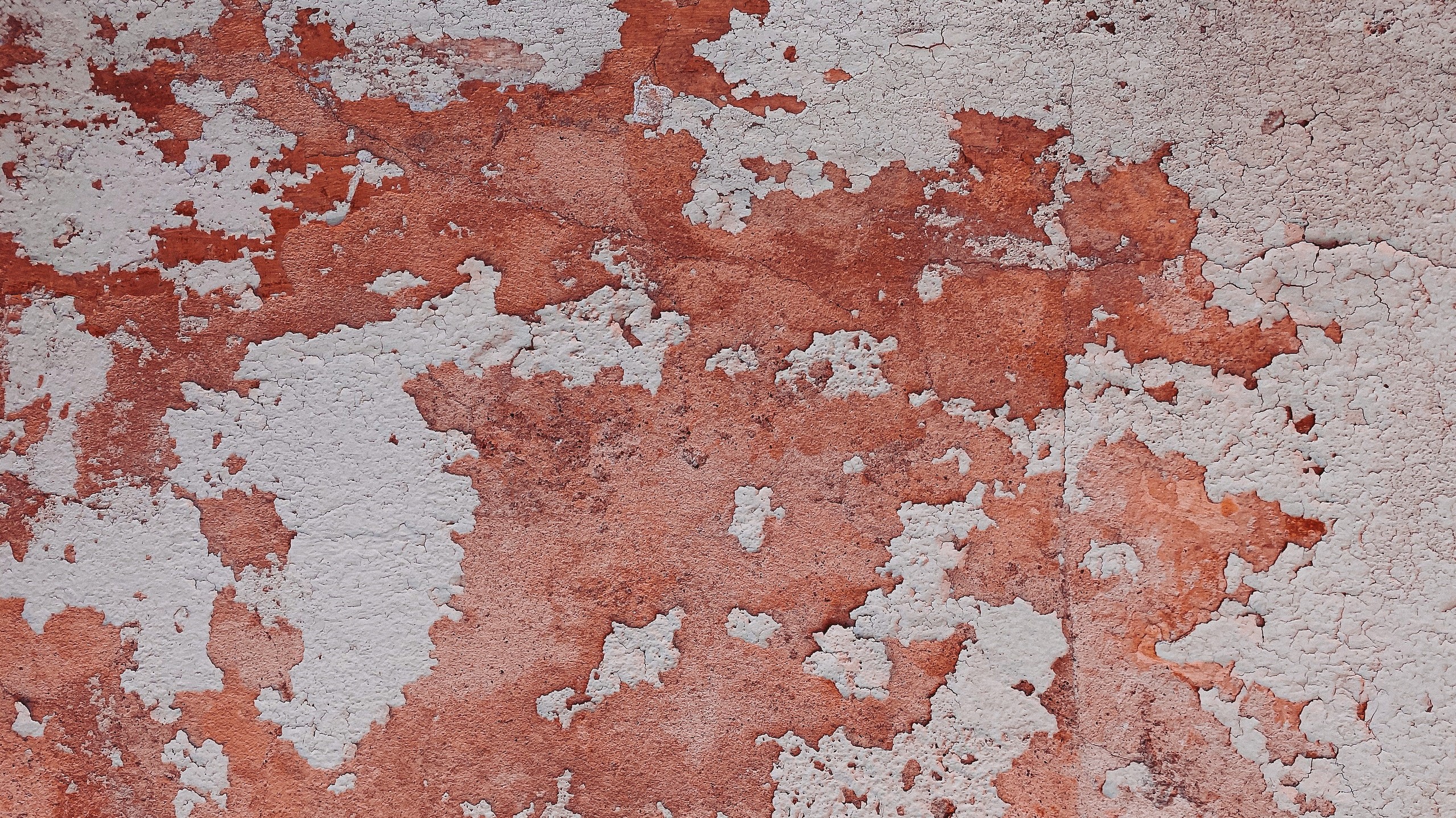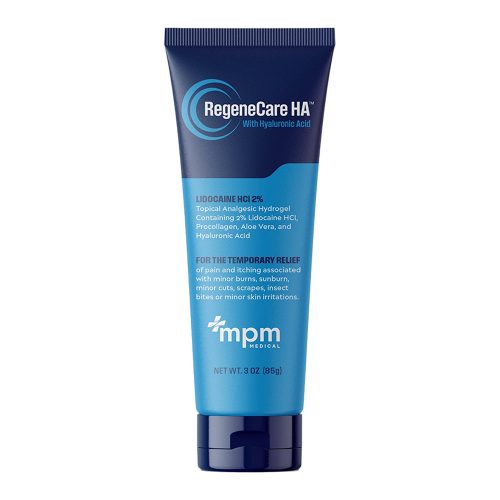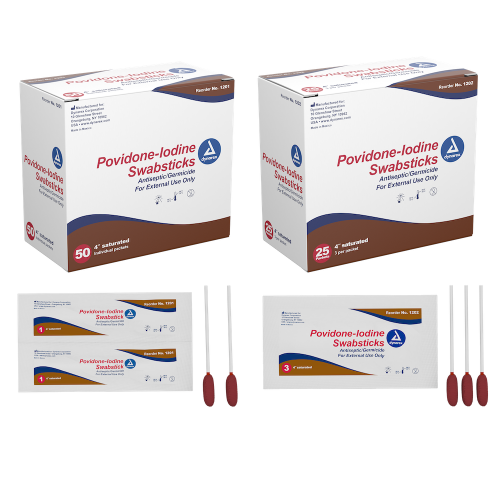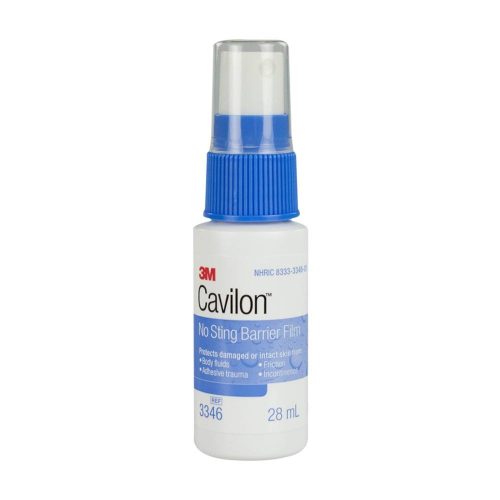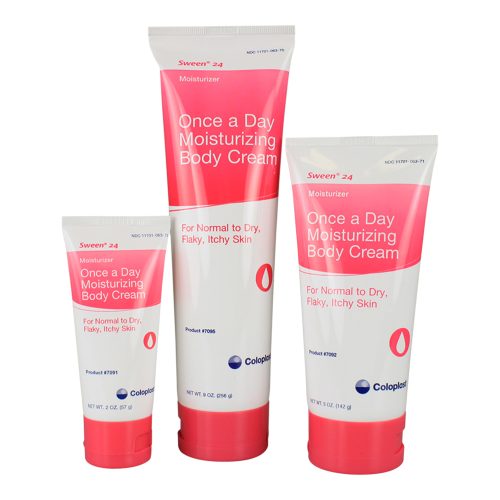Those who experience skin folds or areas where skin regularly rubs in direct contact may develop intertrigo, an inflammatory rash complicated by the presence of fungi and bacteria.
If you or a loved one is suffering from this condition, it is important to understand why it develops and how you can assist with treatment at home.
What Is Intertrigo?
Intertrigo is a rash occurring anywhere skin rubs together and creates excess friction, most often a skin fold.
The rash displays on both sides of the fold, often accompanied by an itchy, uncomfortable sensation. Intertrigo tends to emerge in damp, warm and sweat-prone areas, where bacteria, fungi and yeast also congregate. This combination can worsen the rash and even result in a noticeable odor.
Considering these factors, intertrigo has a higher likelihood of occurring:
– In the armpits.
– Below the breasts or abdomen.
– Along or surrounding the genital area.
– In between toes and fingers.
– Along the inner thighs.
– Along or between the buttocks.
– In creases along your neck.
– Behind the ears.
– Under the chin.
Although redness can accompany friction, you’re dealing with intertrigo if you spot reddish to reddish-brown patches, often with a raw feeling, oozing blister-like texture or crusty appearance.
Why Intertrigo Occurs
While many have skin folds or areas of one-on-one friction, certain bodily conditions can cause this rash to form:
– Moisture that doesn’t dry. This could be from sweat or bodily fluids related to incontinence.
– Excessive heat.
– Poor air circulation, which can stem from wearing tight or less-breathable clothing.
– Repeated rubbing or friction.
– The presence of an infection caused by yeast, bacteria or another fungus.
– Insufficient or inconsistent hygiene.
Along with these factors, intertrigo may occur in conjunction with other medical conditions:
– Diabetes
– Obesity
– Using a brace or artificial limb
– Incontinence
– Above-average sweating
– Compromised immune system
– Malnutrition
Infants, due to their positioning and body shape, have a higher risk of developing intertrigo.
Symptoms of Intertrigo
Intertrigo usually presents with:
– A large rash on both sides of the skin fold, potentially with a symmetrical appearance.
– Tender, raw or inflamed sensation.
– Cracks along the skin, perhaps bleeding, oozing fluid or with a crust on top.
– Scaly skin texture.
– Foul odor, indicating a yeast or bacterial infection.
How to Treat Intertrigo
Due to the possibility of infection, it’s best to make an appointment with your doctor. They may recommend you use an antibacterial or antifungal ointment or a topical steroid. You may also be steered toward a barrier cream to block out factors irritating the rash. These may encompass petroleum jelly, a zinc cream or aluminum sulfate.
For cases that lack open sores, your doctor may recommend using a silver-infused moisture-wicking fabric like InterDry®. These fabrics are designed to wick away moisture that gathers between skin folds and to sooth irritation by forming a physical barrier that reduces skin-on-skin friction. Meanwhile, the infused antimicrobial silver helps to inhibit infection, thereby reducing the patient’s risk of developing pressure ulcers, erosion and skin tears.
A single sheet of InterDry® can be used for up to five days, with daily cleansing of the affected area. It is available in three sizes: a 10” by 18” sheet, a 10” by 36” sheet and a 10” by 144” roll. Economically, the roll is by far the best option, with its 2 year shelf life ensuring none will be wasted.
Preventing Intertrigo
Long term, managing potential intertrigo comes down to:
– Controlling sweat, which can be done with absorbent pads and antiperspirant.
– Cleaning the area with antifungal solutions and avoiding irritating products.
– Finding a way to separate the skin folds, including with absorbent pads.
– Helping air circulate, which can be done by wearing loose, breathable clothing and sticking to natural fabrics like cotton.
– Regularly showering, especially after you work out or are intensely physically active.
– Keeping cool and away from humid conditions, including installing an air conditioner or dehumidifier for parts of the year.
– Addressing and managing related medical conditions like incontinence and diabetes.
– Attempting to lose weight, if your condition is weight related.
Sources:

